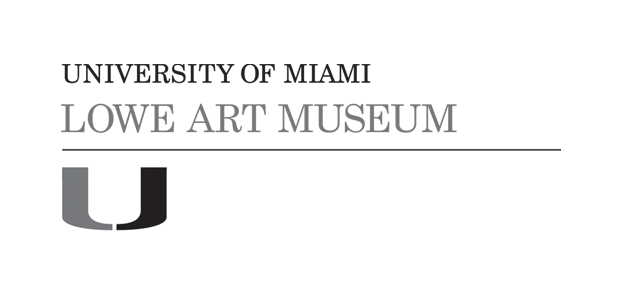Hero Relief
Artist/Maker
Artist Unknown
(Artist Unknown)
Date2nd to 3rd century
CultureRoman
Mediummarble
DimensionsOverall: 19 x 28 x 3 1/2 in. (48.3 x 71.1 x 8.9 cm)
ClassificationsVisual Works
Credit LineMuseum purchase
Terms
Object number91.0413
On View
On viewCollections
16th century













